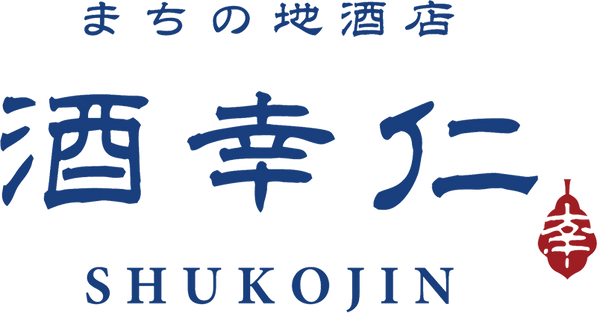Hiyaoroshi and Akiagari
In the world of sake, two terms often heard as “autumn sake” are hiyaoroshi and akiagari. Both refer to sake released in autumn, but their nuances and backgrounds differ slightly. Let’s take a closer look at these two.
1. Similarities and Differences
Similarity:
Both are “freshly pressed in spring, matured over the summer, and shipped in early autumn.”
Through maturation, the sake loses its sharp edges and gains a rounder, smoother flavor.
Difference:
-
Hiyaoroshi is pasteurized once in spring, stored in tanks, and then shipped in autumn without a second pasteurization (“hiya” = cold, “oroshi” = to release).
-
Akiagari means “the sake has improved or gained flavor after summer.” It has no strict rules regarding pasteurization or brewing method, and is used more broadly.
2. About Hiyaoroshi
The term hiyaoroshi dates back to the Edo period. Back then, sake pasteurized in spring was stored in large casks, and in autumn, when the outside temperature was close to the brewery’s cellar temperature, it was barreled and shipped. Since it was released without a second pasteurization — “hiya” (cold) and “oroshi” (to ship) — it became known as hiyaoroshi.
Its appeal lies in the balance between mellow smoothness and freshness.

3. About Akiagari
Akiagari is a relatively new term that describes the condition of the sake. After resting through the summer, the sake develops richer umami and depth, making the flavor “rise” or improve — hence akiagari. Unlike hiyaoroshi, it has no strict definition and is used in a broader sense.
4. General Characteristics
-
Gentle on the palate, with pronounced rice umami.
-
Aromas are calm and subdued, giving a settled impression.
-
Pairs wonderfully with autumn flavors such as fatty Pacific saury, mushroom dishes, or seasoned rice.
-
Enjoyable chilled, at room temperature, or gently warmed, making it versatile for any occasion.
5. Recommended Autumn Sake
🍶 Kamimusubi Junmai Ginjo Umakuchi Hiyaoroshi 1800ml
Made with Okayama-grown Akebono rice, polished to 58%.
Although a junmai ginjo genshu, it is characterized by a refreshing finish and clean sharpness.
A hiyaoroshi crafted in the Bitchu style, with attention to rice and maturation environment.
🍶 Dainogawa Tenka Junmai Ginjo Muroka Genshu “Eggplant Label” Autumn Sake
Brewed with the sake rice “Akinosei,” a variety created in Akita in 2000 (cross of Toyonishiki and Miyamanishiki).
The flavor is well-balanced with pleasant acidity and crispness. Delicious when chilled, but also recommended slightly warmed (nurukan).
Both hiyaoroshi and akiagari are uniquely autumnal sakes that embody the “settled depth and umami” gained after summer. While the names and expressions differ, what they share is the ability to let us feel the changing seasons. Enjoy them together with seasonal autumn foods, and you’ll find their charm even more rewarding. Through sake, experience the deepening of autumn.



